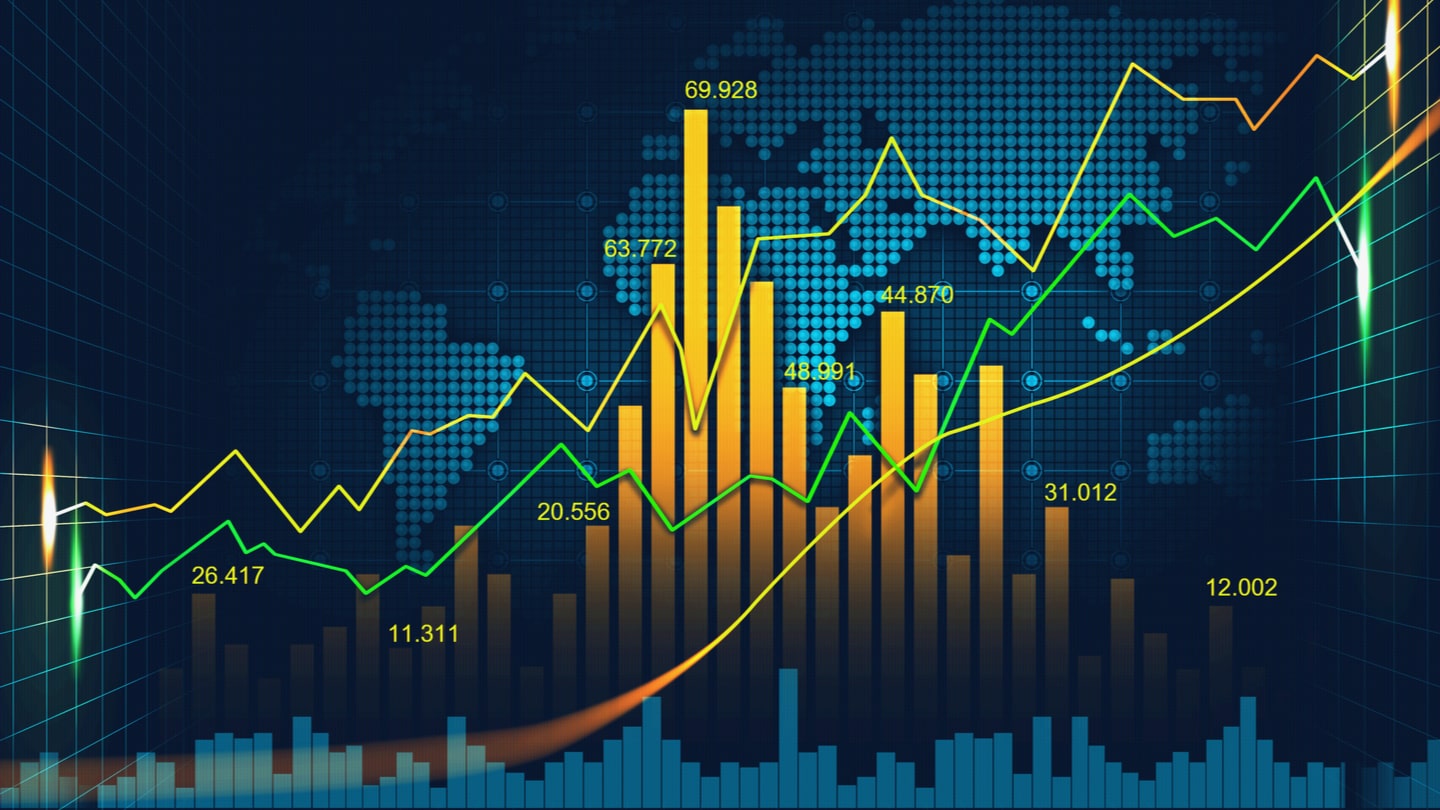It has been an interesting week and despite a lot of negative news, equity markets enjoyed a positive run. US House Speaker, Nancy Pelosi, defied the warnings from the Chinese government and carried out a visit to Taiwan. The Beijing authorities moved military hardware close to the self-governed island to flex its muscles. Stock markets came under a little pressure as a result and risk-off assets like the Japanese yen and gold found themselves in high demand. Pelosi’s visit to Taiwan was short-lived and it went off without a hitch and in turn that laid the foundation for the rally in equities. Better-than-expected US services data played a role in the rise too. Fed member, James Bullard, declared the US economy is not in a recession, and that statement was music to the bulls’ ears. Sentiment in Europe was lifted by the moves seen across the Atlantic, in fact FTSE 100 and the DAX set two-month highs. The gains seen in German equities seems disconnected to the economic situation as Germany’s latest services and manufacturing reports fell to two-year lows. Concerns about a recession in the eased as the non-farm payrolls report showed at those 528,000 jobs were added in July – the highest reading in five months.
Sterling came under pressure as the Bank of England issued a gloomy forecast. The BoE carried out its sixth interest rate hike since December 2021, it was a lift of 0.5% - meeting forecasts. Despite the tightening of monetary policy, the bank predicts that inflation will hit 13.3% and that will be accompanied by a recession. The pound lost ground versus most major currencies, but the losses were relatively small considering the dismal outlook. Commodities witnessed a lot of volatility as gold pushed higher, partially due to the dip in the US dollar and partially because of the increased fears about a slowdown in the global growth. Oil had its ups and downs. The energy rallied when OPEC+ announced it will lift output by 100,000 barrels per day from September, which was nowhere near the 300,000-400,000 barrels per day boost that some predicted. Things went south for oil as the EIA report showed a 4.5 million build in US oil inventories, and that could be a sign of weak demand.
US consumer price index (CPI) will be announced on Wednesday, and it is likely to be the most important economic update of the week. The CPI rate is 9.1%, its highest in forty years and it has been the driving influence behind the four rate hikes from the Fed since March. Last month, the Fed increased rates by 0.75%, in line with their guidance, but the central bank expressed concerns about production and consumer activity. In addition to that, the Fed signalled they might look to scale back the size of their rate hikes later in the year. That sparked speculation the Fed we might be half-way through its hiking cycle.
On Thursday, the US producer price index (PPI) rate will be revealed, and the latest update saw a jump to 11.3%. Keep in mind the record high of 11.5% was seen in March. PPI is often viewed as a leading indicator for CPI because if costs are increasing at the factory level, they are likely to be passed on to the consumer. Even though CPI grabs more headlines, PPI arguably gives us a better indication of what is going on because sometimes firms absorb higher costs without edging up their own selling price.
Last week, a couple of reports gave a glimmer of hope that prices are easing. The ISM manufacturing update was 52.8, down from 53, denoting a minuscule dip in the growth rate but the prices paid component slumped to 60 from 78.5. The major fall indicates we might be over the worst of it in terms of rising prices. It was a similar situation with ISM services report where the top line figure showed an increase in activity, but the prices paid metric fell from 80.1 to 72.3.
The UK’s preliminary reading of second quarter GDP will be published on Friday. Considering the bleak update from Andrew Bailey last week, there is chatter the reading will be low or even negative. Between January and March, the UK economy expanded by 0.8% so even if the British economy were to have contracted between April and June, it would still not be in a recession. As seen in the US, two consecutive quarters of negative growth is the definition of a technical recession, although some economists are arguing the American economy is not in a recession.
